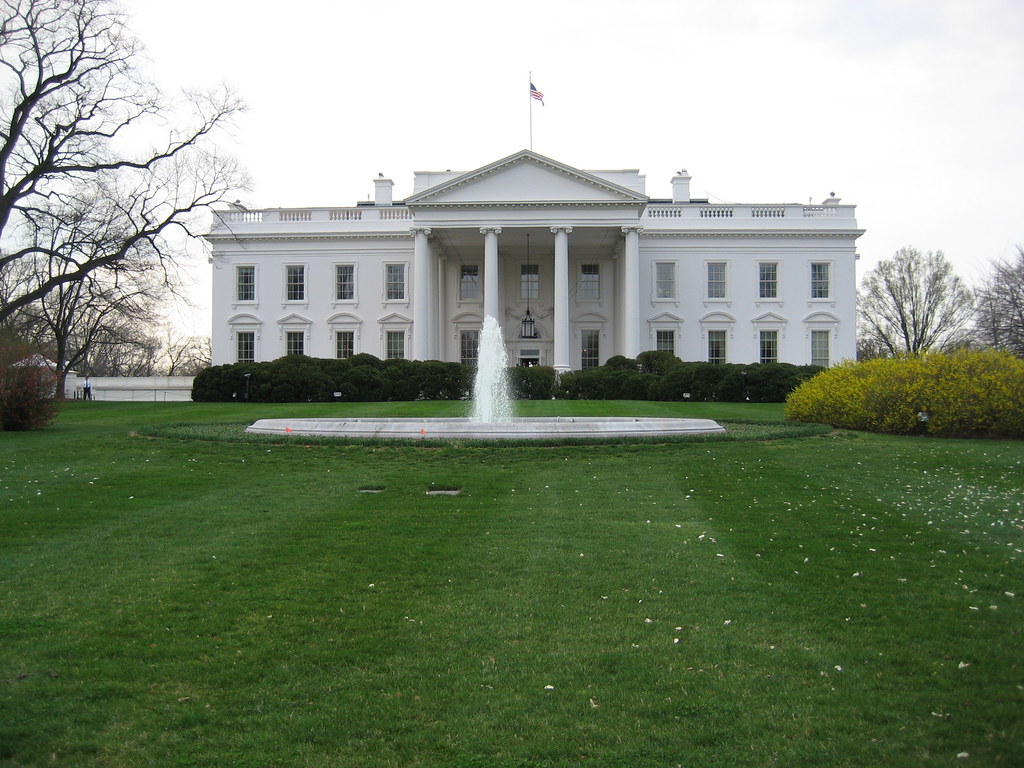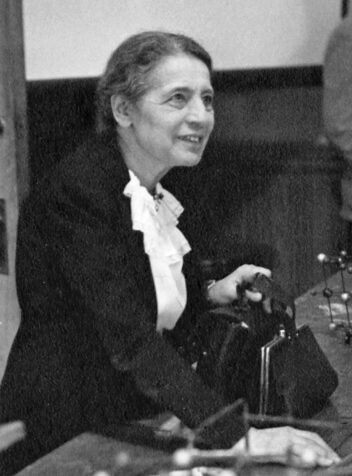The Night That Shocked a Nation

The inferno was so great that the glow in the night sky was seen from fifty miles away by British crewmen aboard warships in the Patuxent River by anxious Americans in Baltimore and in Leesburg, Virginia. Picture this: your nation’s capital, barely twenty-four years old, reduced to smoldering ruins while the building that represented American independence went up in flames. It was the only time since the American Revolutionary War that a foreign power had captured and occupied a United States capital. The date was August 24, 1814, and what happened that night would forever change how Americans viewed their young democracy.
What makes this story even more remarkable is that it didn’t have to happen this way. Early warning signs that Washington would be targeted went unheeded, even though the British press had openly speculated on the fate of the American capital. Little action was taken, even after U.S. emissaries in Europe warned that the fall of Napoleon in mid-1814 would free up thousands of British troops for the war against America.
The Strategic Masterminds Behind the Attack

On August 24, 1814, the British, led by Ross and Cockburn, entered Washington with a force of 4,500 “battle hardened” men. The operation wasn’t just some random act of warfare – it was carefully orchestrated by two very different military personalities. The plan to attack Washington had been formulated by Rear Admiral Cockburn, who predicted that “within a short period of time, with enough force, we could easily have at our mercy the capital”.
Ross commanded the troops and was less optimistic. While Cockburn recommended burning the entire city, Ross planned to damage only public buildings. This difference in approach would prove crucial. Ross, who was described by historian John McCavitt as “an officer and a gentleman”, initially planned for an orderly surrender of Washington.
When Honor Turned to Revenge

Everything changed in a heartbeat when what should have been a civilized surrender turned deadly. However, as he and his men entered the city under a flag of truce, American soldiers remaining in the city “treacherously” opened fire, wounding Ross’ horse and killing two of his men. This single moment of violence transformed what might have been a symbolic occupation into something far more destructive.
McCavitt argued that this led him to “reluctantly” order the burning of the White House and the Capitol building. The British felt they had been betrayed during a surrender negotiation, and their response was swift and merciless. The attack was in part a retaliation for prior American actions in British-held Upper Canada, in which U.S. forces had burned and looted York the previous year and had then burned large portions of Port Dover.
Dolley Madison’s Race Against Time

While British forces marched toward the White House, one woman refused to abandon what she saw as America’s heritage. As thousands of Washingtonians packed their belongings and left town, First Lady Dolley Madison resolved to stay with her husband and, if necessary, oversee the evacuation of the White House. Her husband had already left to meet with generals on the battlefield, leaving her to make critical decisions about what could be saved.
Convinced by friends that it was time to flee, the First Lady pointed to Gilbert Stuart’s full-length portrait of President George Washington. “Save that picture, if possible,” she instructed Paul Jennings, a 15-year-old enslaved African-American. This wasn’t just about saving a painting – it was about preserving the symbol of American independence itself.
The Heroic Portrait Rescue

The eight-foot-tall portrait was bolted to the wall of the dining room, making it difficult to move or transport. Time was running out, and desperate measures were needed. Madison initially ordered Jennings to help remove the entire portrait, frame and all, from the White House wall. But with the British approaching and time running short, she ordered Jennings to break the frame apart so the canvas could be removed with a knife.
The rescue wasn’t just Dolley’s effort – it took several people working together. First Lady Dolley Madison ordered the Washington painting to be saved, and it was taken down off the wall and sent out of harm’s way by a group of individuals–Jean Pierre Sioussat, the White House steward; Paul Jennings, an enslaved worker; Thomas McGrath, the White House gardener; and two men from New York, Jacob Barker and Robert G.L. De Peyster. Two friends of the Madison family then carted the portrait away, storing it in a farmhouse outside Washington for safekeeping.
The British Feast Before the Fire

What happened when the British finally reached the White House reads like something out of a dark comedy. When the British arrived at the White House, they found that President James Madison and his first lady Dolley had already fled to safety in Maryland. Soldiers reportedly sat down to eat a meal made of leftover food from the White House scullery using White House dishes and silver before ransacking the presidential mansion and setting it ablaze.
The British weren’t just destroying – they were making a statement about American pretensions to power. On the evening of August 24, British troops enjoyed feasting on White House food using the president’s silverware and china before burning the building. It was a calculated humiliation designed to show that American independence was fragile and could be snuffed out by British military might.
When the Capitol Became an Inferno

The White House wasn’t the only target that night. The British torched major rooms in the Capitol, which then housed the Library of Congress, as well as the House, Senate and Supreme Court. The destruction was methodical and devastating. They set fire to the southern wing first. The flames grew so quickly that the British were prevented from collecting enough wood to burn the stone walls completely. However, the Library of Congress’s contents in the northern wing contributed to the flames on that side.
Among the items destroyed was the 3,000-volume collection of the Library of Congress and the intricate decorations of the neoclassical columns, pediments, and sculptures that represented the architectural ambitions of the young nation. The symbolism couldn’t have been clearer – Britain was trying to erase not just American political power, but American culture and learning as well.
Looting and Souvenirs of Victory

British officers took more than just military satisfaction from their conquest. Items looted by troops led by Rear Admiral Cockburn included a ledger entitled “An account of the receipts and expenditures of the United States for the year 1810”; the admiral wrote on the inside leaf that it was “taken in President’s room in the Capitol, at the destruction of that building by the British, on the capture of Washington, 24th August, 1814”. He later gave it to his elder brother Sir James Cockburn, the Governor of Bermuda. The book was returned to the Library of Congress in 1940.
The fact that these items eventually found their way back to America decades later shows how the burning of Washington became a source of both shame and fascination. Of the numerous objects taken from the White House when it was sacked by the British, only three have been recovered. White House employees and slaves rescued a copy of the Lansdowne portrait, and in 1939 a Canadian man returned a jewelry box to President Franklin Roosevelt, claiming that his grandfather had taken it from Washington; in the same year, a medicine chest that had belonged to President Madison was returned by the descendants of a Royal Navy officer.
Nature’s Dramatic Intervention

Just when it seemed like Washington’s destruction was complete, nature itself intervened in the most dramatic way possible. On August 25, a tornado blew through the city, bringing torrential rains that quelled both fires and British desire to pursue further action in Washington. The storm was so severe that it actually saved what remained of the capital from further destruction.
Some Americans later claimed this was divine intervention – God himself protecting the young republic from total annihilation. Whether you believe in divine providence or not, the timing was extraordinary. The British, who had been prepared to continue their destruction, found themselves dealing with a natural disaster that ended their occupation far sooner than they had planned.
The Long Road to Reconstruction

The rebuilding of the White House became a symbol of American resilience. Considering that it had initially taken nearly ten years to build the White House, it was remarkable that James Hoban was able to direct a reconstruction of the house (after the British torched the house in 1814) in slightly less than three years. This was possible in part because some of the stone walls could be reused, but the main reason was that Hoban altered the structural scheme of the house by substituting timber for brick in some of the interior partitions.
Reconstruction began almost immediately, and President James Monroe moved into the partially reconstructed Executive Residence in October 1817. But there was a cost to the speed of reconstruction. The shortcut saved time, but produced a weaker structure than the one George Washington watched over in the 1790s. The ill effects of this decision would cause the virtual demolition and rebuilding of the White House some 130 years later in 1948-1952.
The Myth of the White House Name

One of the most persistent myths about the burning of Washington is that the White House got its name from being painted white to cover fire damage. Legend suggests that the White House acquired its name when the house was painted white to cover the stone walls blackened by fire in 1814. In reality, the building was first painted with a lime-based whitewash in 1798, simply as a means of protecting the porous Aquia stone from freezing and spalling. The house acquired its nickname early on and can be found in the correspondence of congressmen years before 1814.
The official name in the nineteenth century was the President’s House, but during the Victorian era “The Executive Mansion” was used on official letterhead. President Theodore Roosevelt made the White House the official name in 1901. So while the fire didn’t give the building its famous name, it certainly made that name more meaningful to Americans who had nearly lost their symbol of democracy.
Scars That Still Remain

Even today, more than two centuries later, you can still see evidence of that terrible night. Despite the many rounds of renovations, the scorch marks of the fire are still visible today on the White House. The marks were discovered as the exterior of the White House underwent significant cleaning and restoration, a project that spanned from the Jimmy Carter administration to the Bill Clinton administration. They were left uncovered to share an important chapter of White House history.
The scorch marks of the fire are still visible today on the White House as two areas have been left unpainted. These physical reminders serve as permanent testimony to the night when American democracy nearly went up in flames, and to the resilience that allowed it to rise from the ashes stronger than before.
A Nation Transformed by Fire

The burning of the public buildings by the British was a humiliating defeat that struck at the symbolic heart of the country. Up from the ashes of that bitter blow, a resilient nation emerged stronger and more unified. The psychological impact was enormous – Americans realized that their independence was not guaranteed, that it had to be defended and earned repeatedly.
What started as a military disaster became a defining moment of American character. The image of Dolley Madison saving George Washington’s portrait, of ordinary citizens helping to preserve what they could of their national heritage, of a nation refusing to give up even when its capital lay in ruins – these became the stories that Americans told themselves about who they were and what they stood for. The White House would be rebuilt, but more importantly, American resolve had been tested by fire and proven unbreakable.





